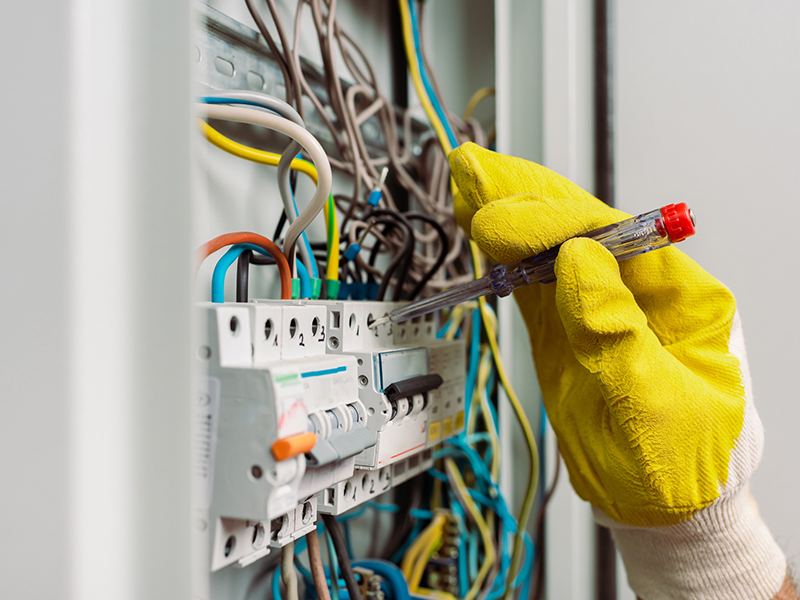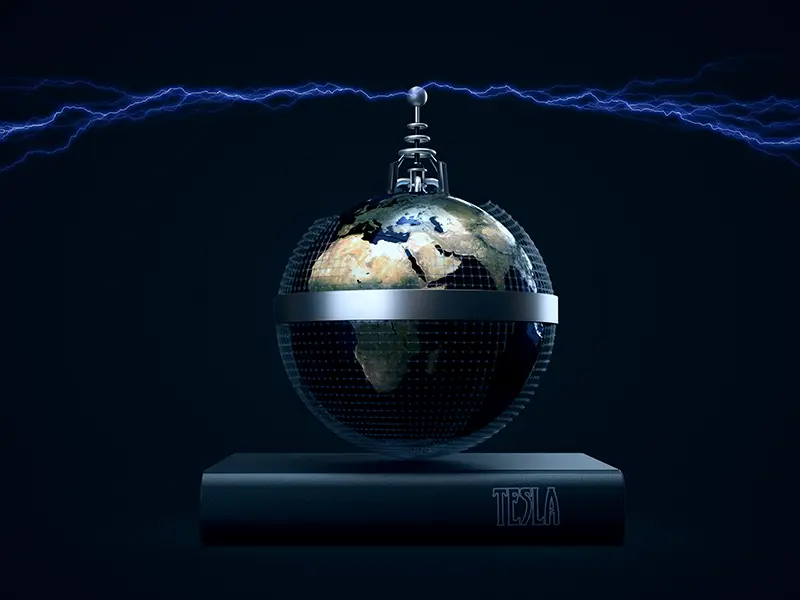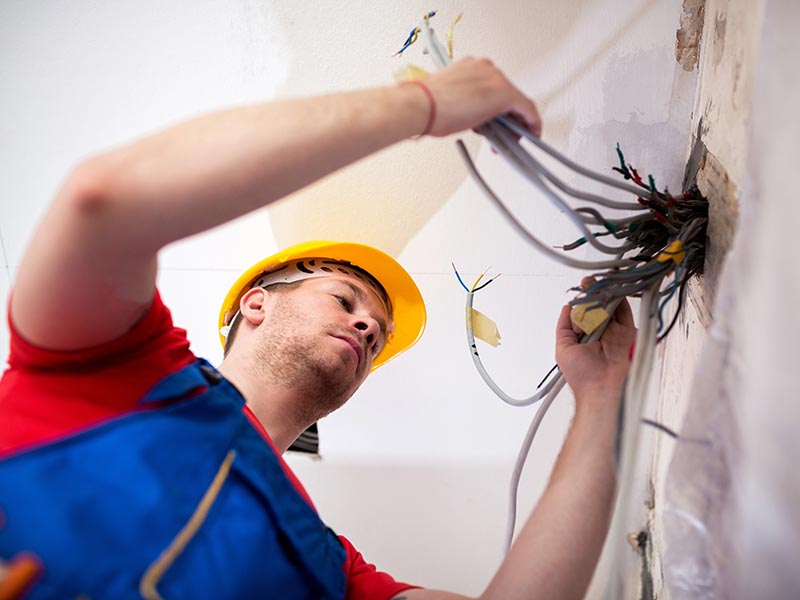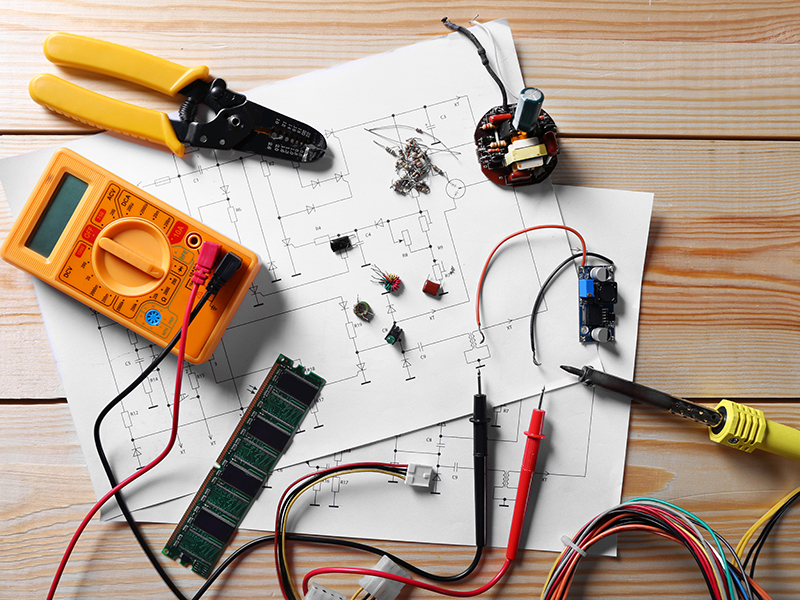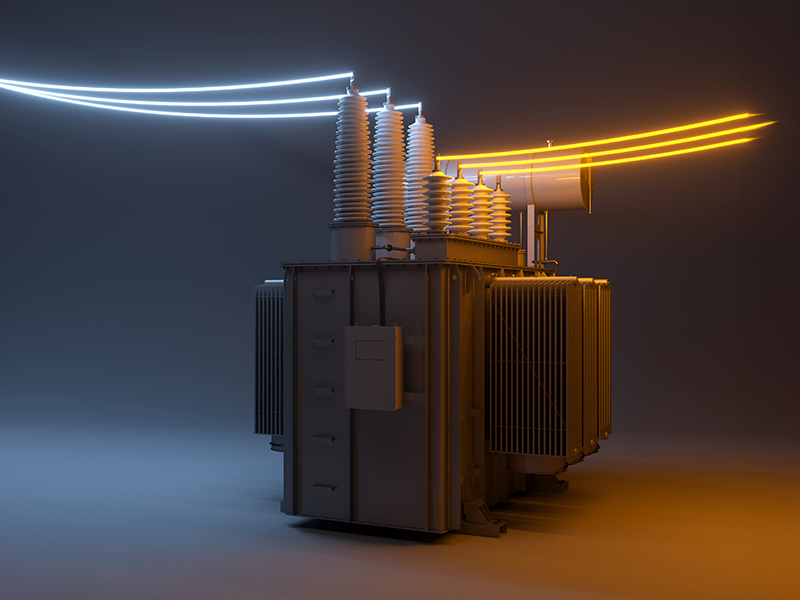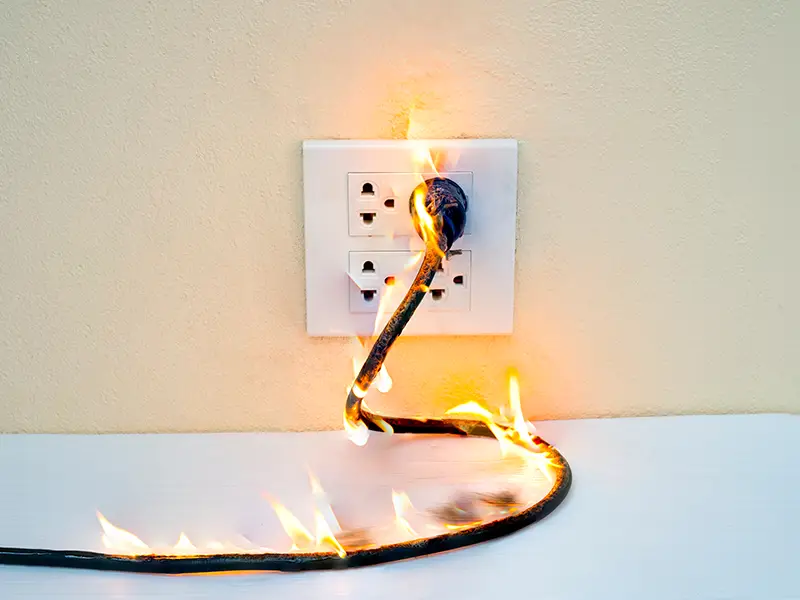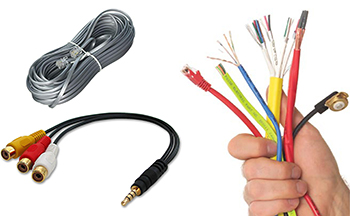safety
Electrical Safety in Your Home is of the Utmost Importance
Electricity is a potent and potentially lethal force that we rely on daily, and its improper handling can result in serious injury or death.
Read MoreEnergy From Wind
For centuries, windmills usually were used to mill grain and pump water. The use of windmills was increasingly widespread from the 12th century until the early 19th century. Today’s modern wind turbines only produce electrical power, producing anywhere from 50 kW up to 600 kW. Call Rogoz Electric at 623-636-5648 for all your commercial and…
Read MoreNikola Tesla Was an Inventor and Futurist
Nikola Tesla was an inventor and futurist who is best known for his contributions to the design of the modern alternating current (AC) electricity supply system. Tesla tried to put his inventions to practical use in his Wardenclyffe Tower project, an intercontinental wireless communication and power transmitter. Tesla’s intention was to develop a system that…
Read MoreElectricity From Water
Hydropower has been used since ancient times to grind flour and perform other tasks.
Read MoreElectrical Troubleshooting
Troubleshooting is a systematic search for the source of a problem in order to resolve it.
Read MoreElectrical Code Compliance
(NEC) standards ensure that electrical systems function properly and minimize the risk of fires or other hazards.
Read MoreThe Electrical Transformer
An electrical transformer is an electro-magnetic device that works by converting electrical energy from one value to another.
Read MoreElectrical Short Circuit
A short circuit is any condition where the establish wiring circuit is interrupted by a flaw in the wiring or wiring connections.
Read MoreResidential and Commercial Electrical Circuits
Electricity is a flow of electrons. A complete circuit is needed for electricity to flow. From the main electric service panel, electricity is divided into circuits throughout a building. The maximum amount of load that can be placed on any single circuit is controlled by a circuit breaker. Building circuits are parallel circuits. A parallel…
Read MoreLow Voltage Wiring
Low voltage wiring is the wiring for audio, video, telephones, alarm systems, HVAC, and generally any wiring for things using less than 24 volts. Low voltage is often used only with small electrical systems as it is not suitable for large-scale electrical projects. There are very real safety risks associated with low-voltage systems. Low-voltage can…
Read More